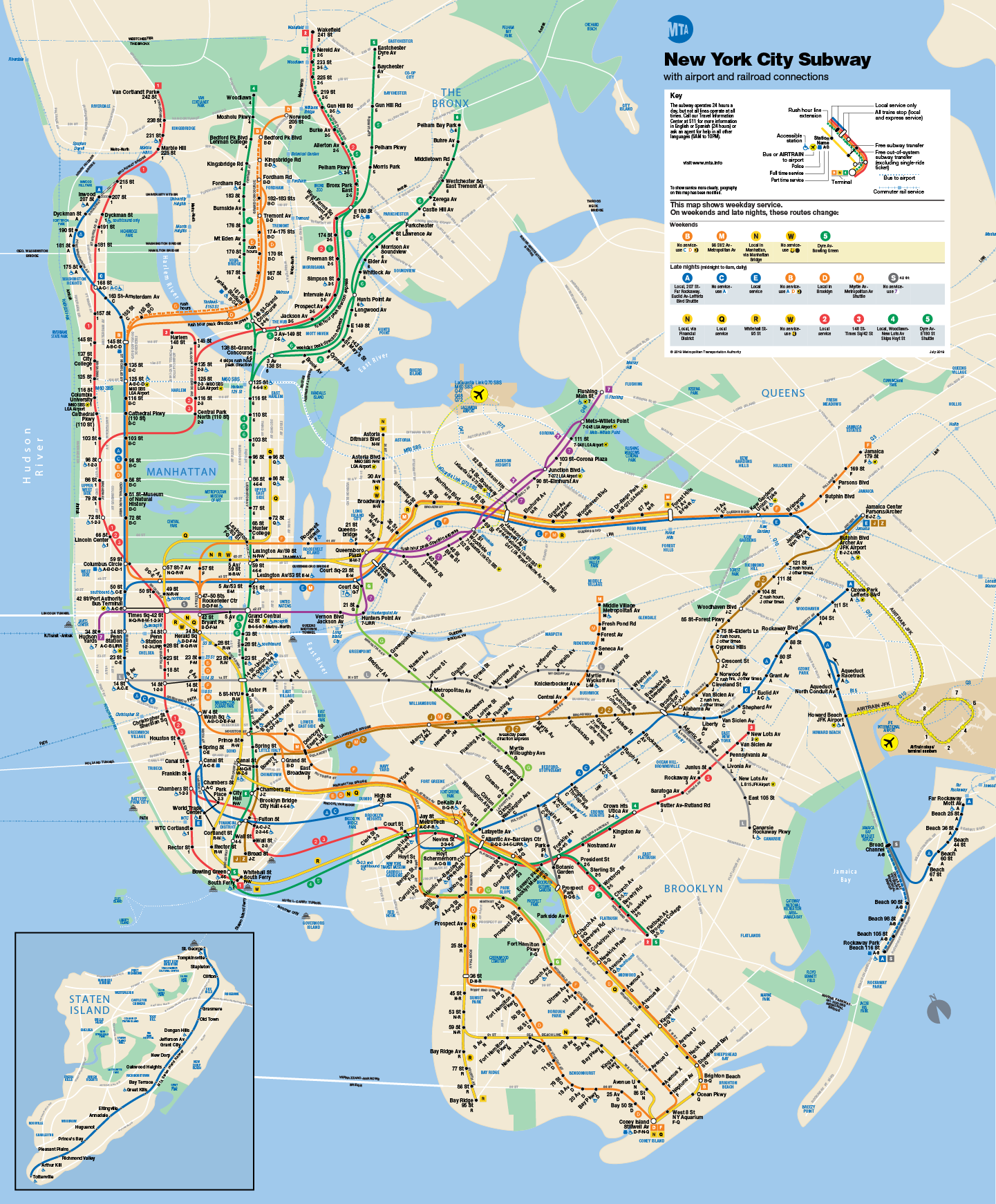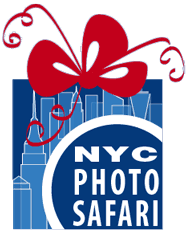NYC Subway Guide
NYC Subway Guide: Navigating Manhattan with Ease
The NYC subway is the fastest, most efficient, and budget-friendly way to explore Manhattan and reach your next NYC photography workshop. For visitors, it can seem complex, but this guide will help you navigate the system with confidence.
Essential NYC Subway Tips: Subway trains can stretch up to two city blocks with multiple entrances. Green light entrances operate 24/7 and may have attendants, while red light entrances have limited hours and may lack ticket machines. The NYC subway runs 24/7, but not all entrances are open 24/7.
NYC Subway Terminology: New Yorkers call it the "subway" or "the train." The Long Island Railroad (LIRR) and PATH train (serving New Jersey) are separate systems. Free NYC subway maps are available at manned booths.
Buying NYC Subway Tickets: Use a contactless credit card, mobile payment, or OMNY card for a $2.90 fare, including transfers. OMNY cards cost $1 and can be loaded with any amount. After 12 paid rides within 7 days on the same payment method, additional rides are free. MetroCard machines still offer single-ride tickets ($3), pay-as-you-go ($2.90 per ride), and unlimited weekly passes ($34). MetroCards also cost $1 and can be reloaded. Unlimited cards have an 18-minute delay between swipes to prevent sharing.
How to Enter the NYC Subway: Once inside, you can ride as long as like as long as you don’t exit. Free transfers are available between subway lines and buses within two hours of swiping your card.
Choosing the Right NYC Subway Train: Manhattan follows a grid: streets run east-west, avenues north-south. Uptown trains head north, downtown trains go south. Signs indicate available train lines and directions.
Express vs. Local Trains: Express trains skip stops, while locals make all stops. Subway maps indicate express stops with white dots and local stops with black dots. Late at night, express trains often run local.
NYC Subway Delays & Issues: Most trains arrive every 7-10 minutes; outer boroughs may have longer wait times. An empty platform means a train just left, while a crowded platform signals delays. Avoid empty cars—they likely lack AC or have other issues – try to avoid those.
NYC Subway Accessibility: Only about 20% of subway stations have elevators. Buses may be a better option for those needing wheelchair access. Find accessible stations here: MTA Accessibility.
Despite its complexities, the NYC subway is the best way to get around Manhattan. Whether you're heading to a NYC photography workshop or exploring the city, it's an eco-friendly and efficient choice.
2/25











